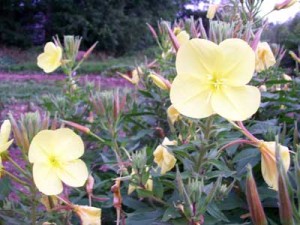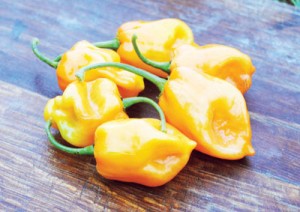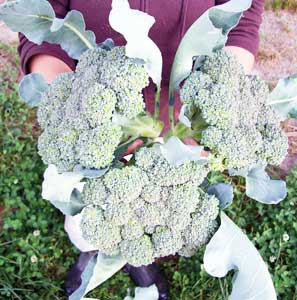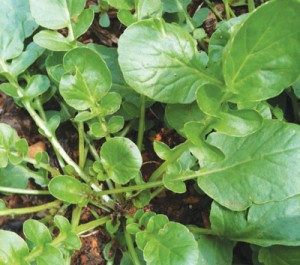Written by Lisa Dermer. Source materials include conversations with Ira Wallace.
As the year begins we’re eager to start sowing seeds, but nervous about starting too early and having big, leggy transplants and nowhere to plant them. There are lots of crops we can and should start in January: bulbing onions, rhubarb, artichokes, celery and celeriac, parsley, and spring flowers (like poppies, chamomile, and evening primrose). Long season hot peppers (like habañero) can be started at the end of January; peppers are generally slow to germinate. We’ll start our seeds indoors, or outside in cold frames or the hoophouse, for transplanting later in the spring.
Be aware of when you want to plant and decide when to sow transplants by counting back from then! Overly large transplants suffer greater transplant shock and may have reduced yields. Brassicas like kale, collards, cabbage, and broccoli should have 3-4 true leaves and be about six weeks old when you transplant. Tomatoes and eggplants also need about six weeks, and peppers need 8-10 weeks. In our area we transplant most brassicas in mid-March, so we’ll wait until early February to sow. We provide recommended planting dates (PDF) >>
Sow bulbing onions for transplant now if you haven’t sown them already. Those in the lower South should have already sown Short Day Length bulbing onions, like Vidalia, last fall. In-between areas like us will have the best results growing Long to Intermediate Day Length bulbing onions, and starting them in December or January. Transplant out when they’re still thinner than a pencil! Read about growing bulbing onions >>
Artichokes and rhubarb should be sown in January and grown in cold frames to vernalize. They need the exposure to colder temperatures now to put on much growth later.
Winter has been warm all over the South: we’ve been sowing greens in cold frames and the hoophouse every couple weeks since fall. You can sow a variety of winter hardy greens (spinach, cress, mustard greens, arugula) throughout January. Remember, plants grow slowly in winter’s low light – even in warm greenhouses your starts may not put on much growth until the sun is stronger.
There’s still work to be done outside, even if it’s too early to be putting out plants. On nice days, prepare your beds if the weather is warm and dry enough. Then cover with mulch or row cover (prevent erosion on bare soil!) until you’re ready to plant. And don’t forget to look after your perennials – most fruit trees need pruning in winter, before they start to bud.
Request a free copy of our new catalog if you haven’t received one yet. We do expect to run out of some varieties, so order early while things are still in stock.
Happy winter gardening!







Hi Paul,
I really enjoy reading your blog. The only problems I have is I live in Virginia. Do you have recommended planting dates for my area. I have been told we are in zone 7. My zip code is 22554. I look forward to planing a spring garden of kale, lettuce, spinach, swiss chard, beets, peas and sugar snap peas. I planted garlic last November. I don’t know what to expect in late spring as this was the first time planting it.
Well, it’s not just my blog. It’s all of SESE’s blog and this post was written by Lisa. You’re in luck as we are also in Virginia, right on the edge between zones 6 and 7. Here’s a link to our recommended planting dates for Virginia: http://www.southernexposure.com/plantingdates.pdf